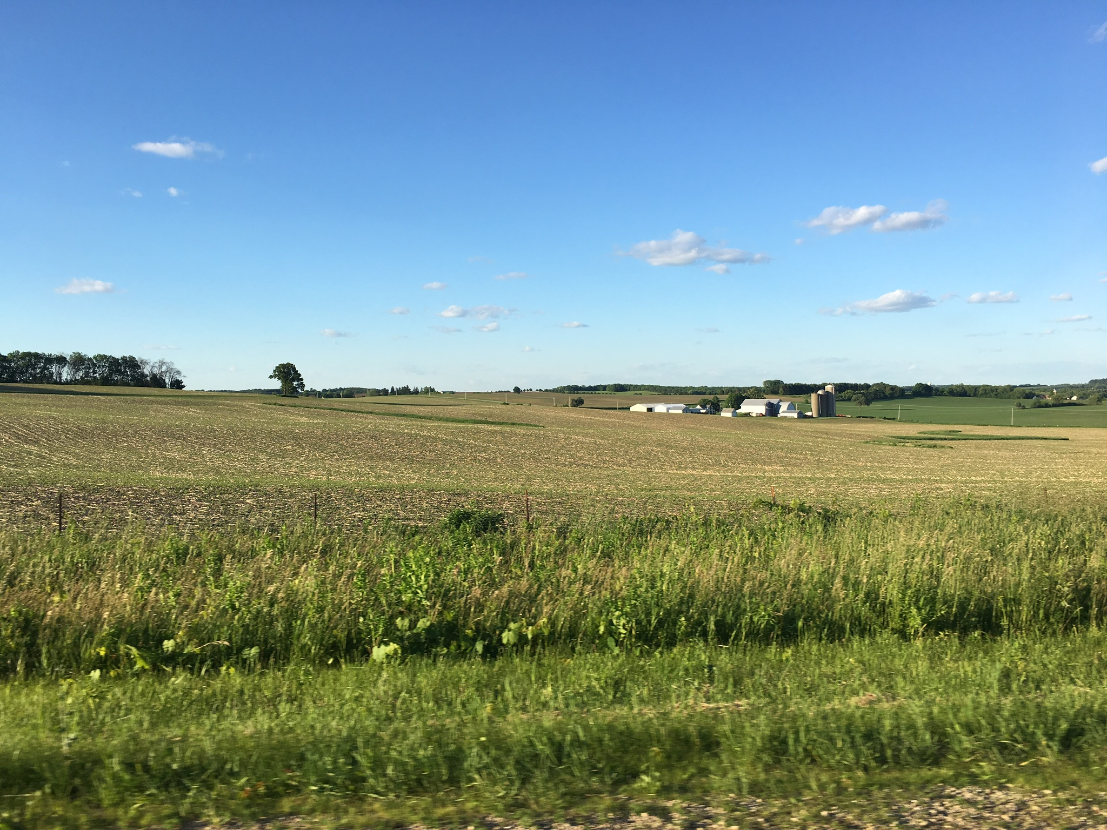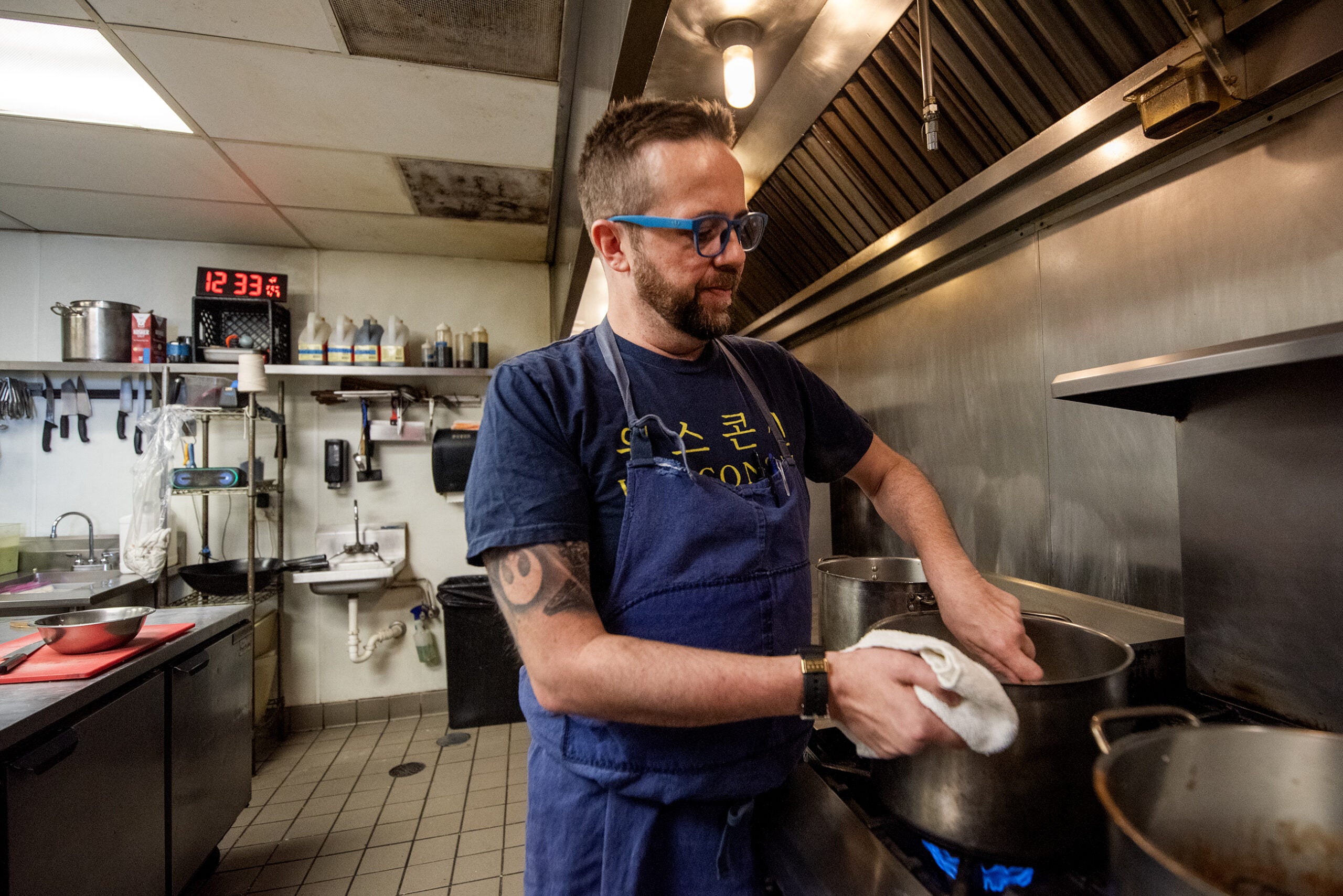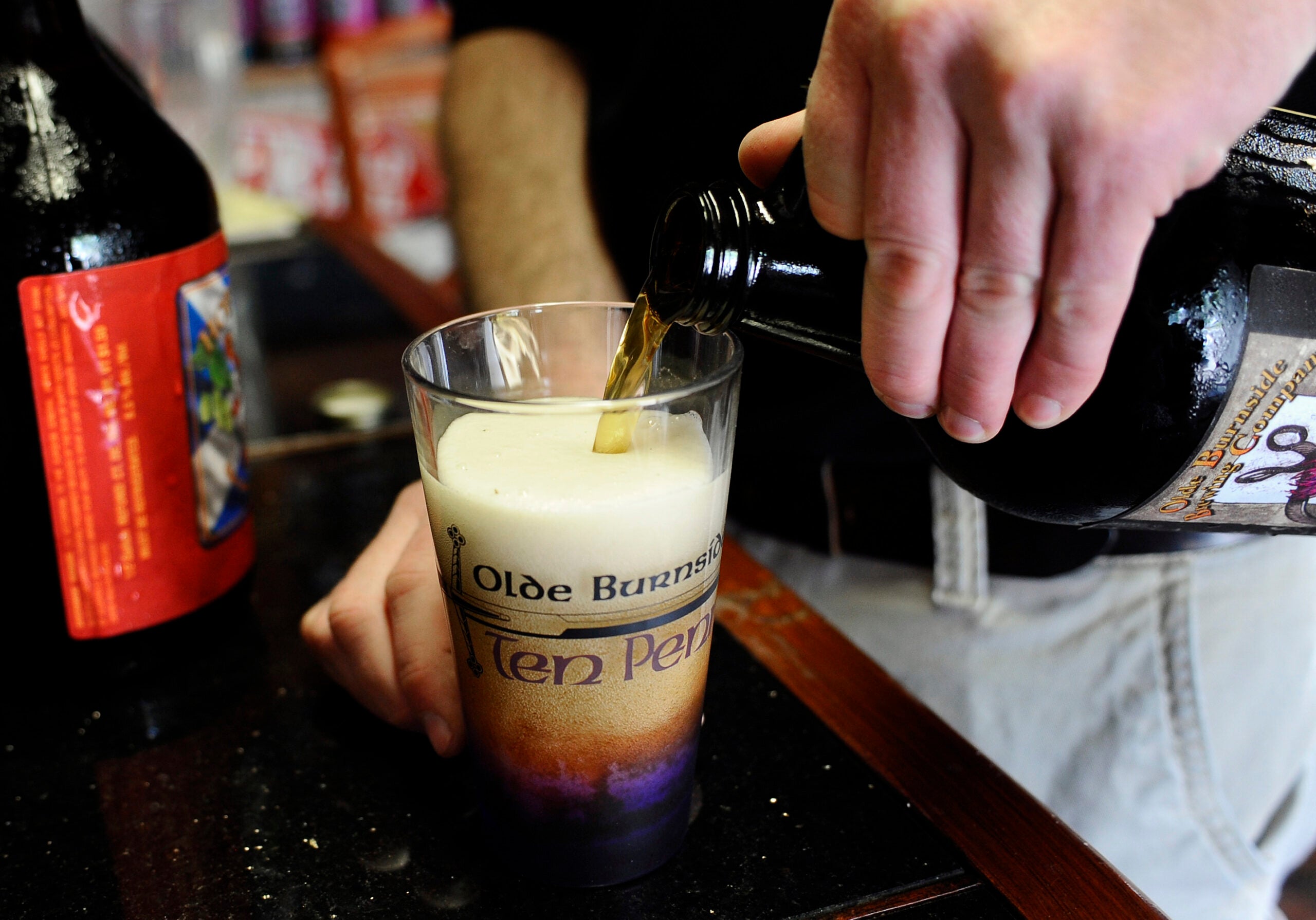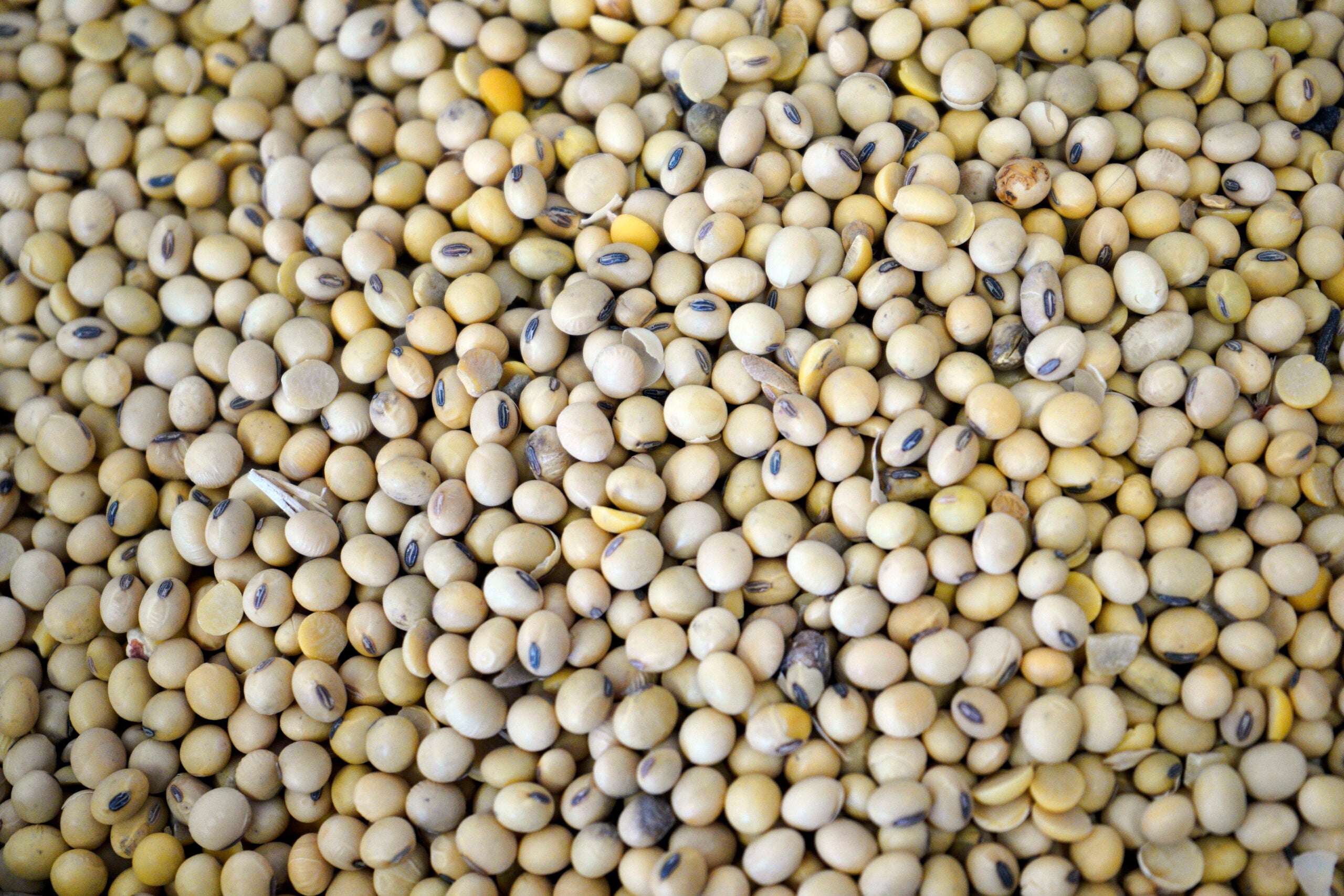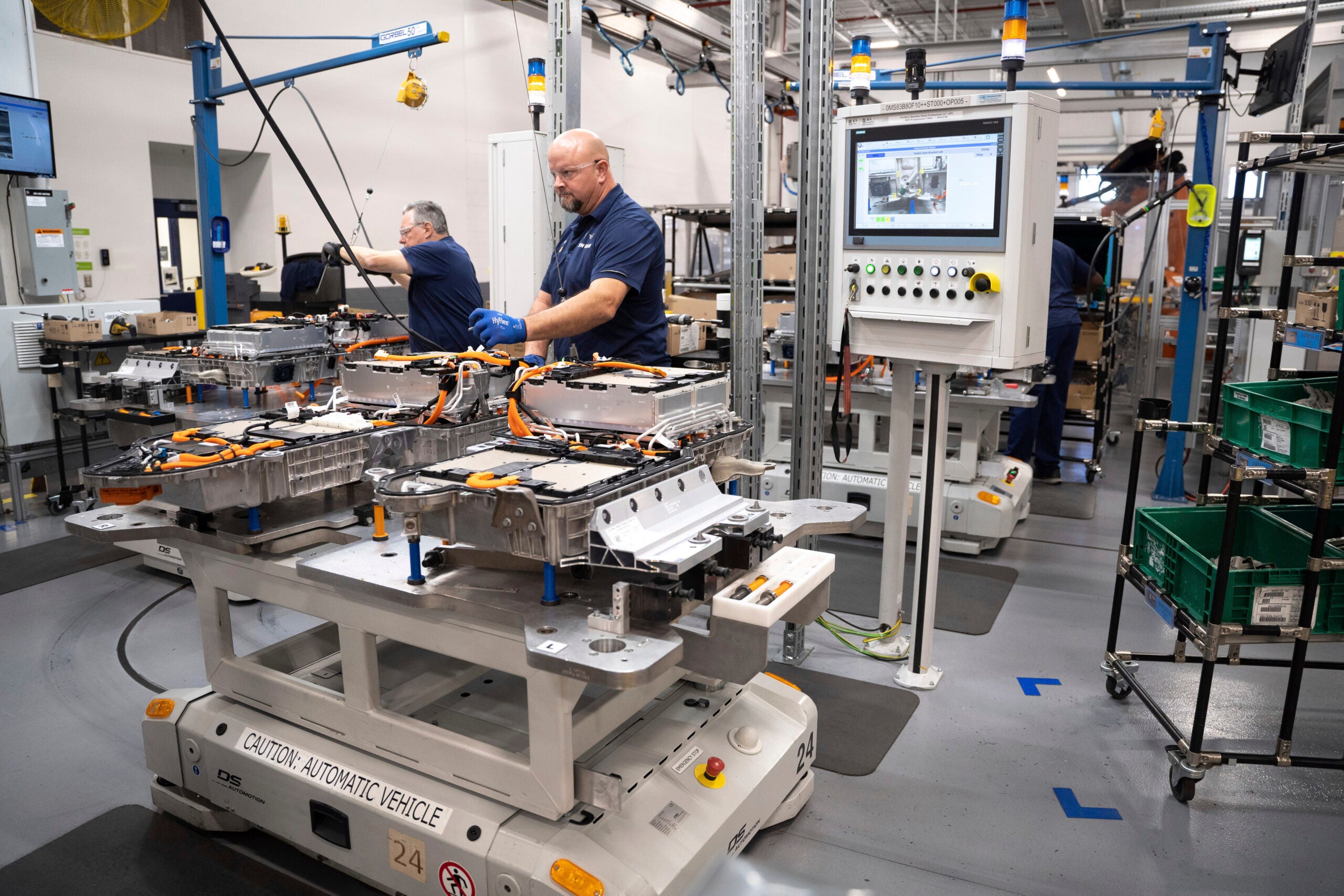Wisconsin farms spent less on production costs in 2018 as producers continue to deal with consolidation and tough economic conditions.
The latest report from the National Agricultural Statistics Service (NASS) found the average Wisconsin farm spent $155,093 on last year’s production expenditures. That’s 12 percent less than the 2017 average, which NASS adjusted after the latest Census of Agriculture was released in April.
Spending on trucks, machinery and farm improvements saw some of the largest declines from the previous year, with each expense category falling between 67 and 45 percent. These categories saw the largest spending increases in 2017 after falling in 2015 and 2016.
News with a little more humanity
WPR’s “Wisconsin Today” newsletter keeps you connected to the state you love without feeling overwhelmed. No paywall. No agenda. No corporate filter.
Kevin Bernhardt, agribusiness professor at the University of Wisconsin-Platteville, said the decline in 2018 highlights the way that farmers are trying to cut back on spending when possible after dealing with years of low commodity prices.
“That is something that’s more in control of the producer to decide not to do that improvement this year, decide not to do that piece of construction this year, decide not to buy that new tractor this year,” Bernhardt said.
Feed expenses, which represent the single largest production expense in the state, also fell in 2018. Farmers spent about 7 percent less on feed than in 2017.
Simon Jette-Nantel, a farm financial management specialist for UW-Extension, said the change is likely due in part to dairy farmers feeding fewer supplements because of low milk prices, but he said producers could also be achieving better economies of scale as farms grow larger.
“There’s been a change in the composition of our farm population, a movement toward larger farms and a lot of the smaller farms exiting. So that might explain in part the reduction in cost,” he said.
Jette-Nantel said farm consolidation has been happening at a more rapid pace in the last year, which could also explain why spending on farm labor increased by 6 percent in 2018. He said larger farms tend to rely more heavily on hired labor and wages for those employees have gone up.
“Competition for labor has intensified because the economy is doing well. There’s the entire issue of immigration and the use of migrant labor in the farming sector,” Jette-Nantel said. “The question then becomes how and when can farmers find and adopt those technologies that will help them contain those labor costs. That would typically require investments in new technology, which maybe in the last few years it might have been hard to come by.”
He said Wisconsin is still producing the same amount of milk, corn and other commodities with fewer farms, but less spending from farms is impacting the state’s economy.
“Rural communities are really suffering from those farm exits because it’s their local businesses and it’s their local population,” Jette-Nantel said.
Spending on taxes was another expenditure that increased in 2018, coming in 5 percent higher than the previous year. Jette-Nantel said the increase could be from fewer farms being able to utilize tax breaks given to small businesses that invest in capital expenses like new equipment.
Bernhardt said the jump could also be from producers selling stored grain, machinery or even land to help make ends meet.
“For example, if you sold a tractor, you sold a combine, you sold some machinery, maybe even sold some land, any capital gain on that would be taxed,” Bernhardt said.
Wisconsin Public Radio, © Copyright 2025, Board of Regents of the University of Wisconsin System and Wisconsin Educational Communications Board.

